Trust us, if you’re in the market for a waterproof sunscreen you need to read what these two skin experts have to say first
There are a few things to know
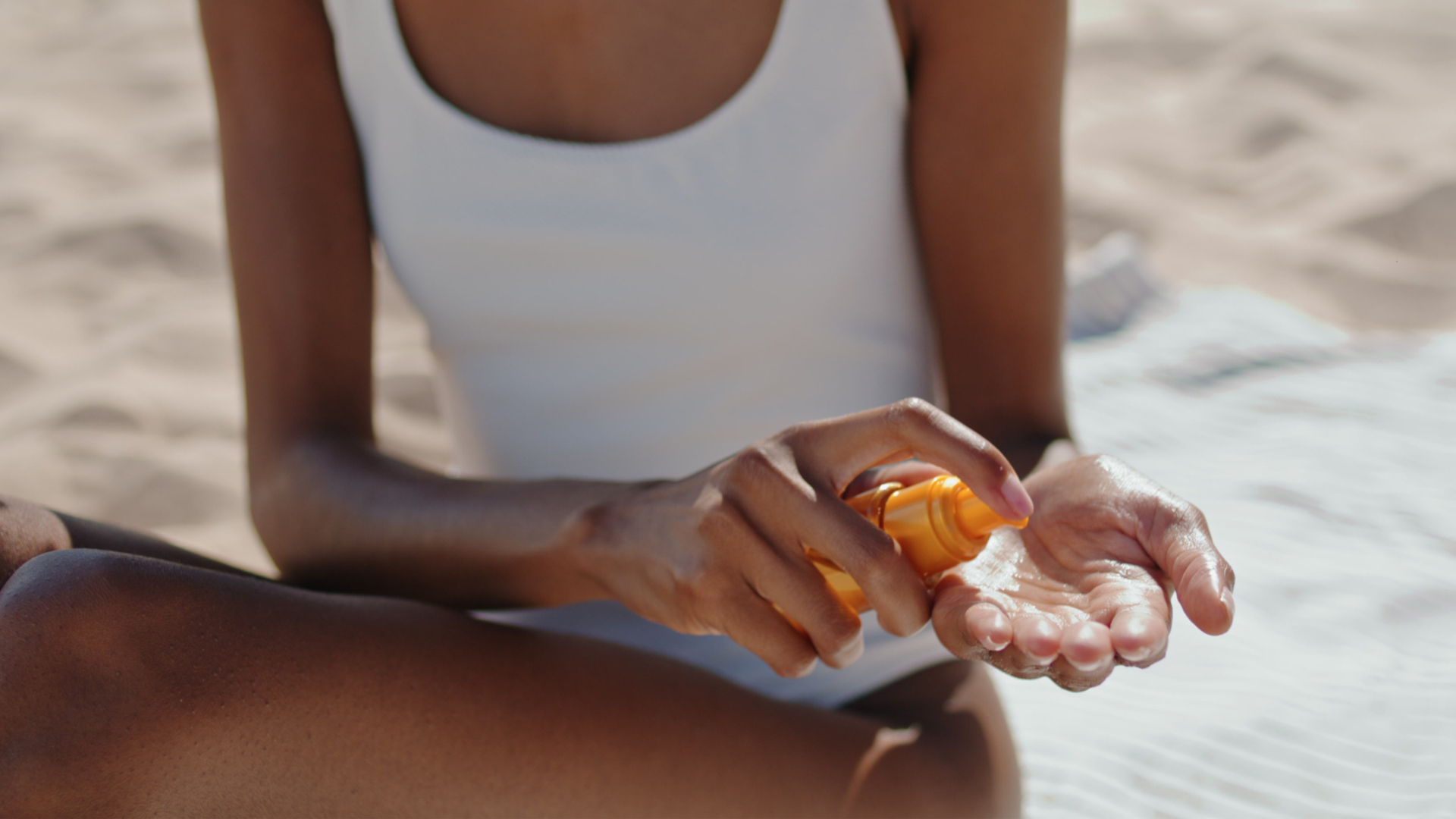

In an ideal world, the best sun cream would only require a “one and done” application, protecting our skin all day long with no need to worry about topping up. But, reapply you must. Not only that, there are a few things to know about the best waterproof sunscreens before you stock up ahead of poolside holiday.
As consultant dermatologist Dr Mary Sommerlad of Self London puts it: “No sunscreen can be ‘waterproof’ – this would be misleading.” In the US, describing sunscreen as “waterproof” is banned by the FDA. In the UK, most brands use the term “water-resistant”, but there are still some things you need to know about how well these sunscreens will protect your skin in water. I asked two experts to break down just how well water-resistant sunscreen actually resists water, as well as sharing the best formulas to reapply again and again and again.
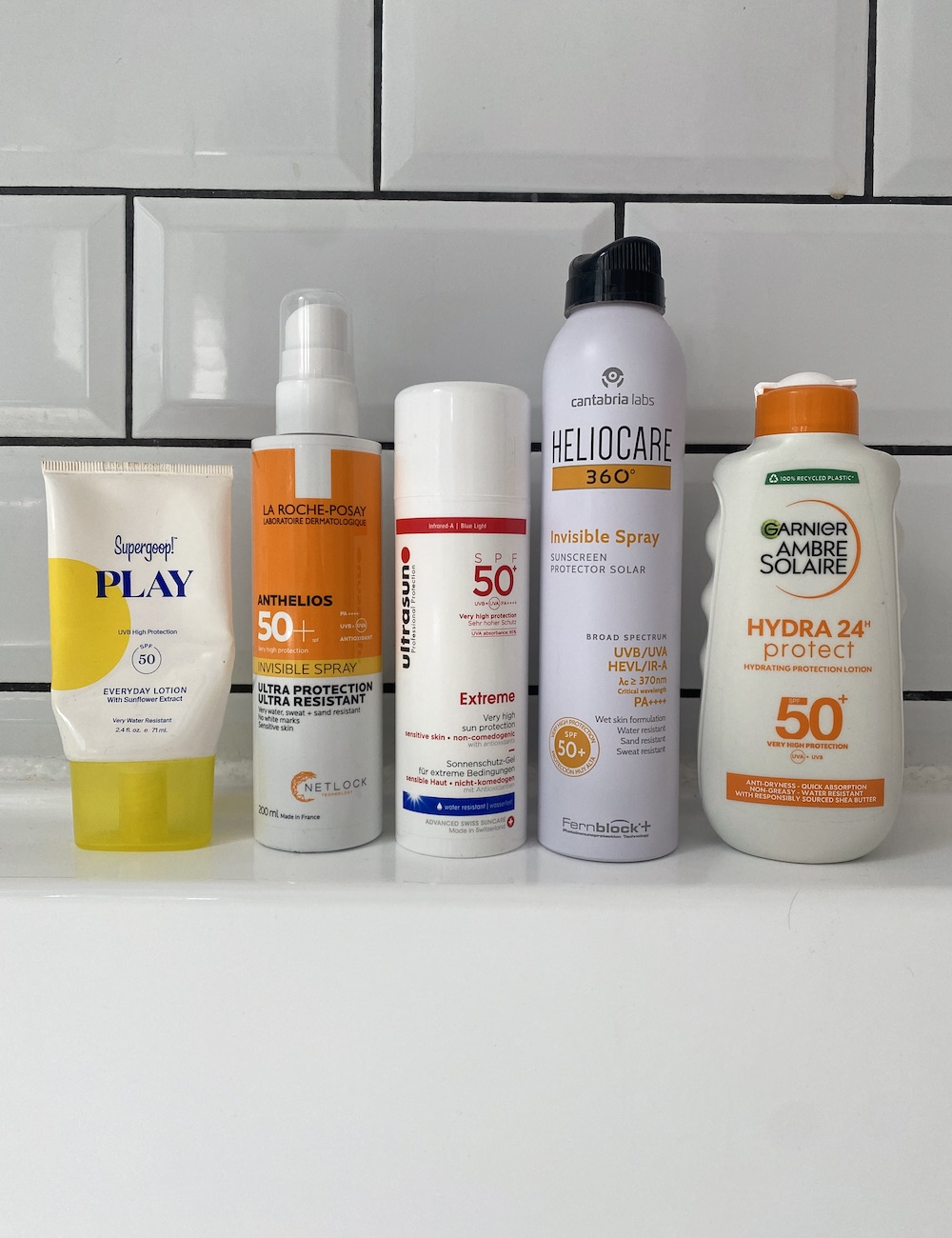
How water-resistant sunscreen actually works
In the UK, “Sunscreens can be labelled as “water-resistant” meaning that depending on the formulation, the sunscreen is effective for up to 40 minutes in water," says Dr Sommerlad. "However, it is important to note that with every moment in water, the SPF will be degraded – for instance, after 20 minutes the SPF (UVB protection) component retains up to only 50% of its efficacy.”
Dr Sommerlad stresses that, as this continues to decrease, the risk of sunburn "significantly increases". While some formulas will have better water resistance than others, this is why it’s so crucial that you reapply after sweating or being in water.
How often should you reapply water-resistant sunscreen?
As is now very clear, no matter the water-resistant claims, you should always top up your sunscreen after getting out of a pool or the sea—but you should also reapply frequently throughout the day, too.
This is because “sunscreen filters can degrade over time making them less effective at filtering UV radiation,” says Dr Ellie Rashid, consultant dermatologist at OneWelbeck. Swimming, sweating [and] rubbing the skin can physically remove sunscreen. Reapplication ensures that any missed spots are protected.”
Dr Sommerlad echoes this: “Despite advances in formulations, water, sweat, skin shedding and friction from clothing and towels will all gradually remove products applied to the skin. For this reason, sunscreen should be reapplied immediately after swimming or working out and ideally every two hours, especially in warm weather or if you are mainly outside.”
How much sunscreen ensures your skin is protected?
As well as always remembering to apply sunscreen, it’s crucial to apply enough of it to get the right protection. “I usually try to keep things simple and advise my patients to apply two finger lengths of sunscreen to the face and neck and approximately 6–8 teaspoons of sunscreen for the rest of the whole body,” says Dr Rashid. If thinking in terms of teaspoons is confusing when it comes down to it, Dr Sommerlad says: “I recommend people ensure they cover any exposed parts of their skin with an even film of sunscreen so that the skin glistens after application.”
It’s worth noting that no sunscreen offers 100% protection from UV rays; Dr Sommerlad also stresses the importance of other forms—particularly given that you have to apply enough to get the level of protection specified on a sunscreen’s packaging. “In a lab, SPF is tested on a volume of 2mg/cm², which most people do not use,” she says. (As an aside, this is the issue with relying on the best SPF moisturisers or SPF in foundation alone over a dedicated facial sunscreen.)
“Therefore, physical protection in the form of wide-brimmed hats, long light sleeves, staying in the shade during the peak UVB hours of 11–3pm and avoiding sunbathing altogether are equally as important as sunscreen,” Dr Sommerlad adds. On that note, ahead are some brilliant water-resistant sunscreens to apply and reapply this summer.
The best water-resistant sunscreens to shop now (and reapply frequently)
1. La Roche-Posay Anthelios SPF 50+ Invisible Spray
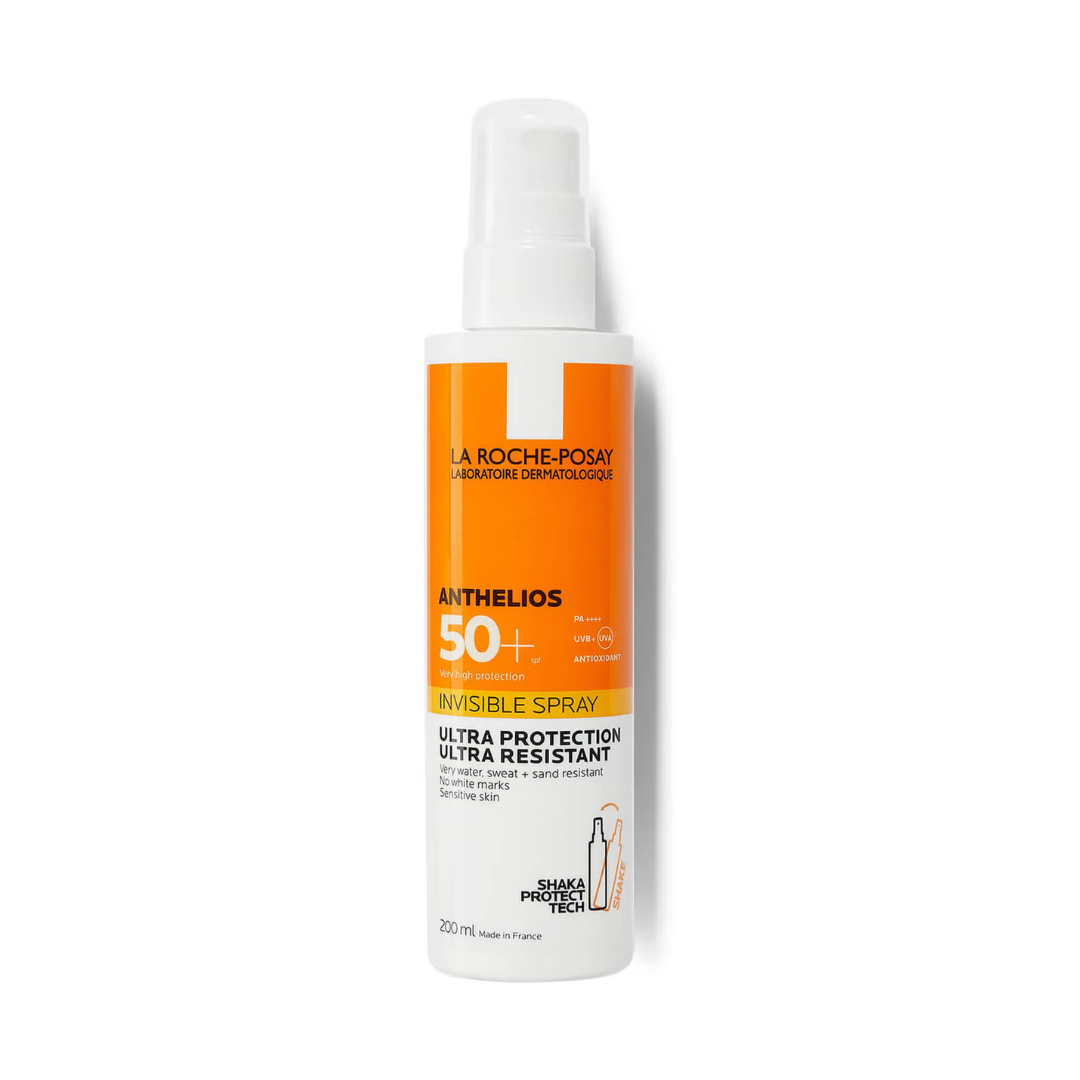
La Roche-Posay Anthelios Invisible Spray SPF 50+
Specifications
La Roche-Posay’s Anthelios is a very well-loved sunscreen range that is frequently recommended by experts, as well as being one of my own favourites. Suitable for sensitive skin, this formula features advanced filters as well as high-factor protection that promises to be very water resistant. As a spray, it’s easier to unintentionally under-apply it, so just make sure you’re really coating your skin.
2. Ultrasun Extreme SPF 50+
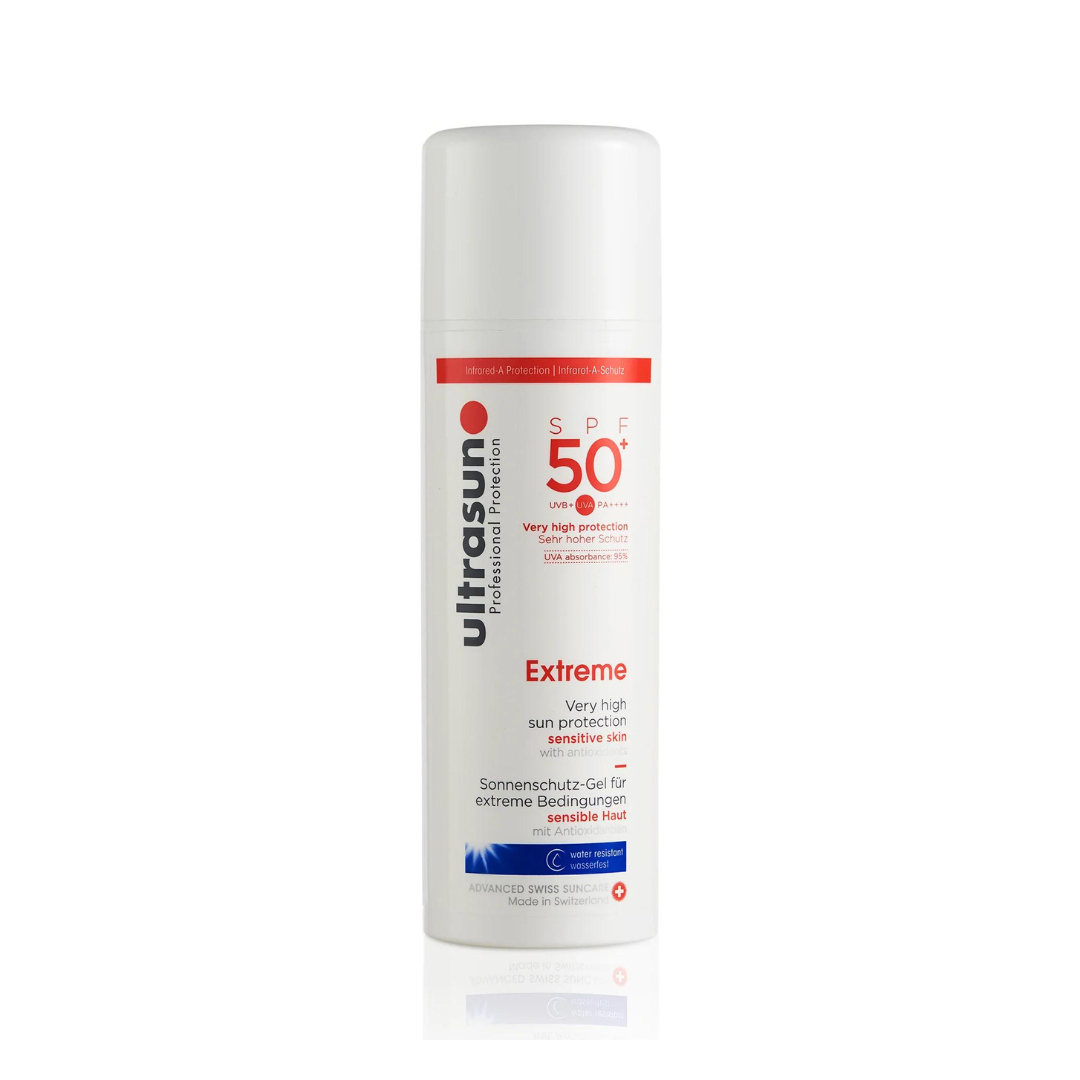
Ultrasun Extreme SPF 50+
2. Ultrasun Extreme SPF 50+
Specifications
If I’m heading somewhere hot I’ll take a few different sunscreens on holiday. This one came with me last time; formulated with sensitive skin in mind, I like it because it doesn’t aggravate my eczema, which can kick off a bit in hot and sweaty conditions. As well as its water resistance, the formula also contains antioxidants and moisturising vitamins E & B5.
3. Supergoop! Play Everyday Lotion SPF 50
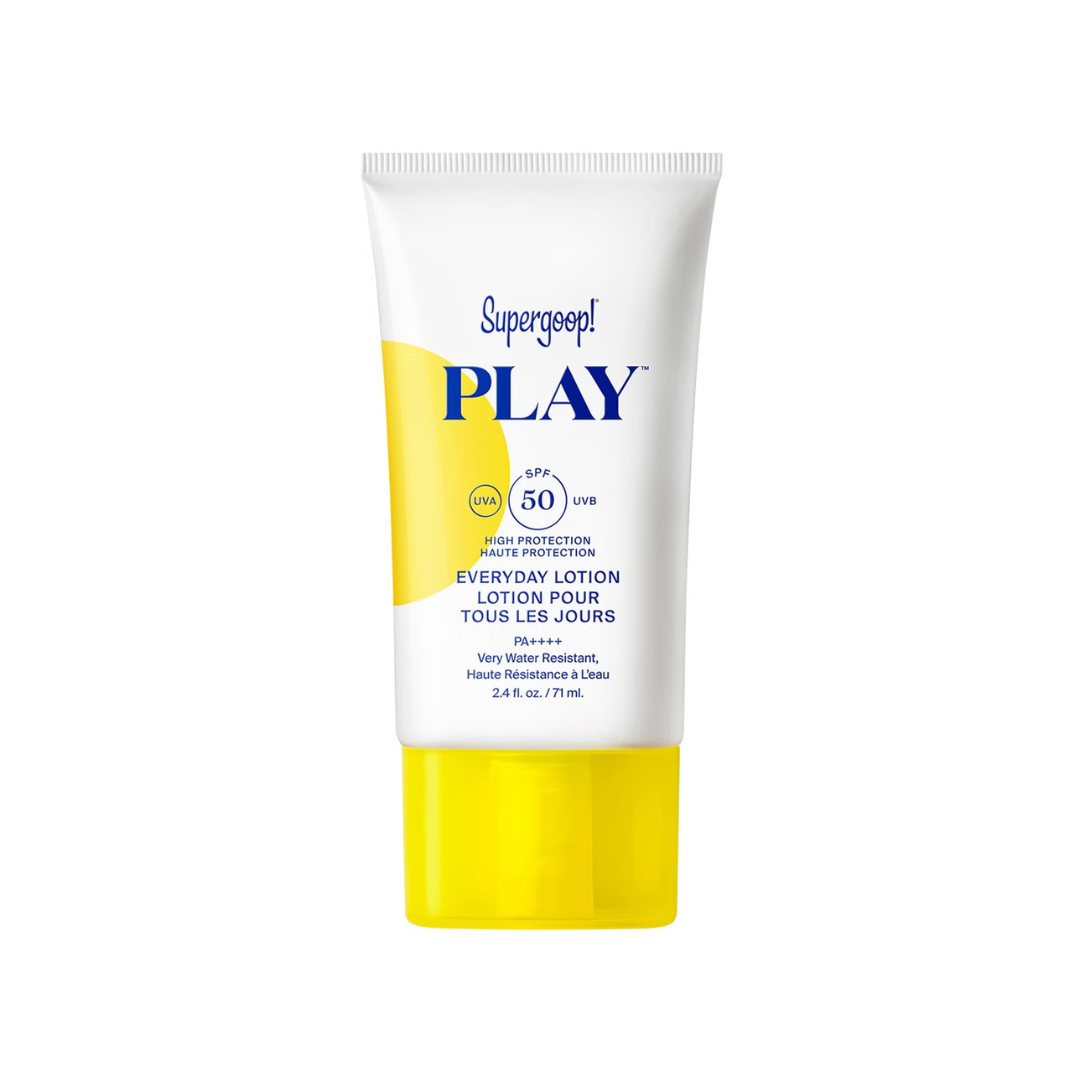
3. Supergoop! Play Everyday Lotion SPF 50
Specifications
Supergoop! is one of those sunscreen brands that everybody seems to love, with formulas that are nice to apply and that wear well under make-up, too. Play Everyday Lotion is the brand's all-rounder, with high-factor protection specified as being very water resistant. While it is on the moisturising side, it’s not greasy or too heavy on my oilier skin.
4. Garnier Ambre Solaire Hydra Protect SPF 50+
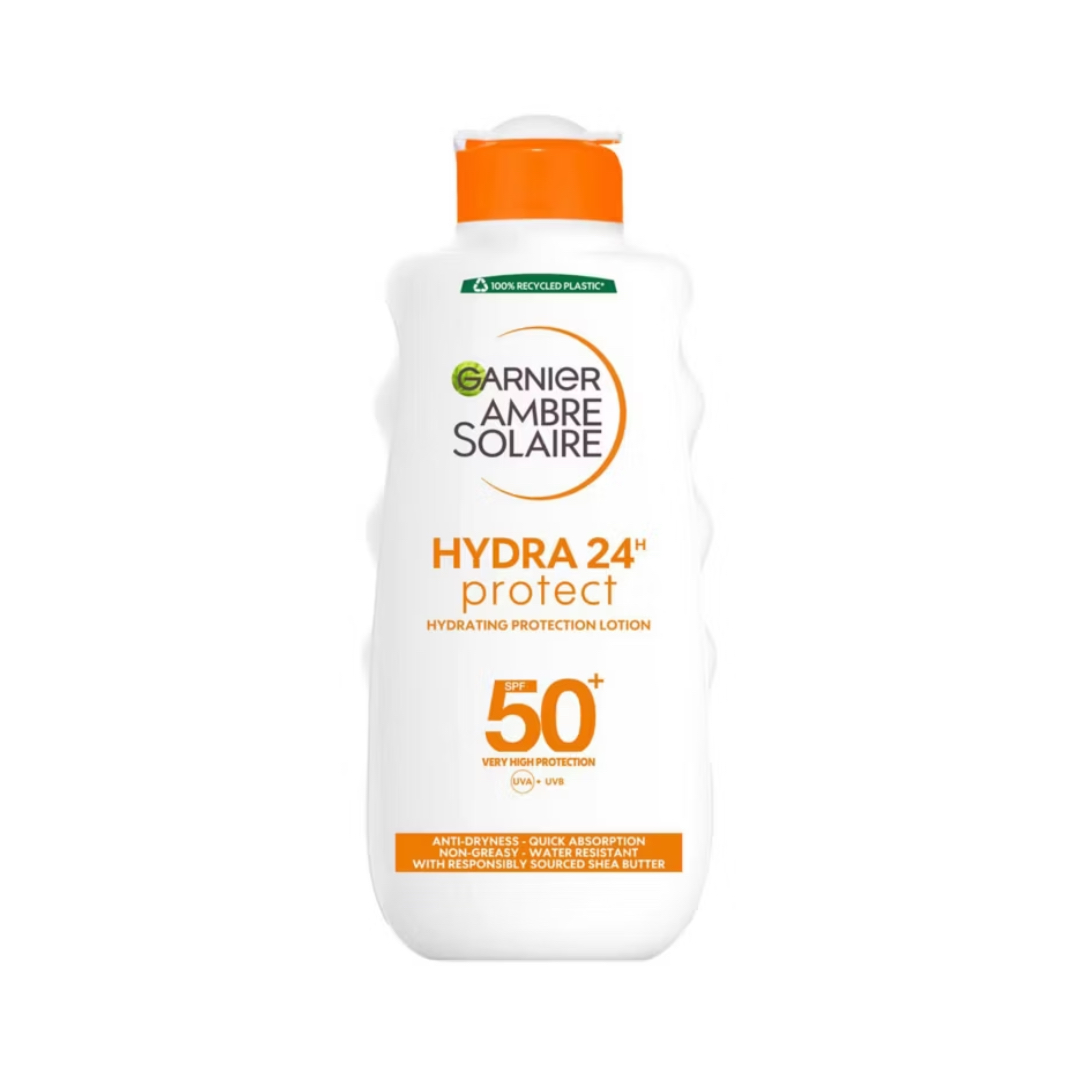
Garnier Ambre Solaire Hydra Protect SPF 50+
Garnier Ambre Solaire Hydra Protect SPF 50+
Specifications
Garnier’s Ambre Solaire is another name that is synonymous with sun protection and this is one of a few water-resistant formulas from the brand. Enriched with shea butter, this is a good option for dry skin and is fairly budget-friendly (it’s often on sale for less than the RRP). My one issue is the 24-hour claim, which could be a bit confusing as this applies to how long the skin is moisturised for, not how long it’s protected from the sun.
5. Heliocare 360 Invisible Spray SPF 50+
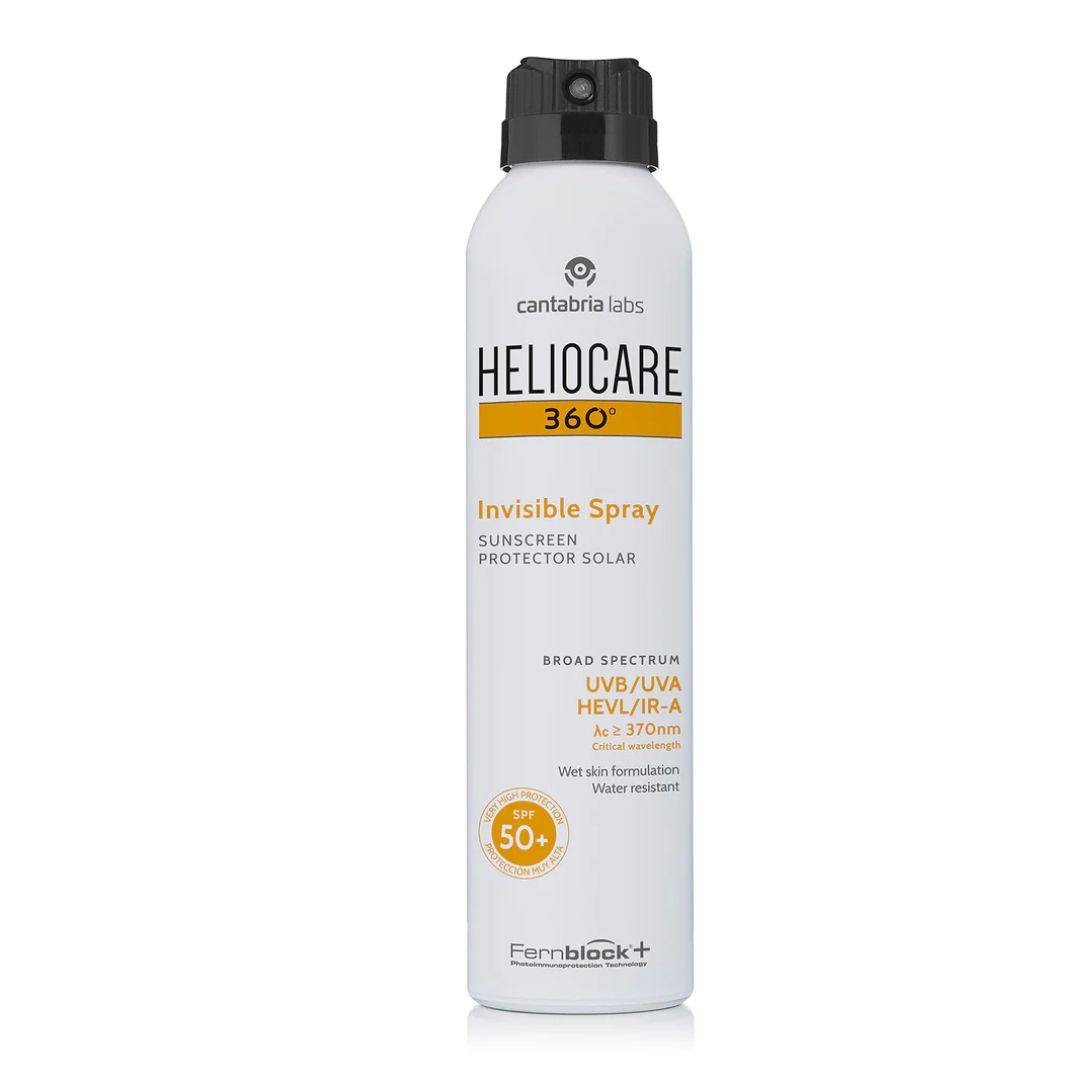
Heliocare 360 Invisible Spray SPF 50+
Heliocare 360 Invisible Spray SPF 50+
Specifications
Another brand that dermatologists regularly recommend, Heliocare is another trusted name. With high factor protection, the Invisible Spray is great for frequent top-ups through the day and has a slightly cooling effect on the skin. Again, do note that you’ll really need to saturate your skin to ensure it’s evenly protected, but it's a handy one to have to hand.
Marie Claire Newsletter
Celebrity news, beauty, fashion advice, and fascinating features, delivered straight to your inbox!

Lucy is a freelance beauty editor and contributor at Marie Claire, and has also written for titles including Cosmopolitan, Refinery29, Glamour and woman&home. She was previously Marie Claire’s junior beauty editor. During her career, she’s covered everything from backstage beauty at fashion week to interviews with famous faces like Drag Race royalty and Little Mix. As for her beauty ethos, she’s a big advocate for not having to spend a fortune on beauty products to get good results. When she’s not got beauty on the brain you’ll probably find her reading or Netflix-ing.
-
 Ties are the unexpected cool-girl accessory to invest in this season
Ties are the unexpected cool-girl accessory to invest in this seasonSchool is in session
By Sofia Piza
-
 This is not a drill: you can now shop Alexa Chung's actual wardrobe on Vinted
This is not a drill: you can now shop Alexa Chung's actual wardrobe on VintedOwn a piece of sartorial history
By Penny Goldstone
-
 New Look’s spring collection has dropped—as a picky fashion editor, I’m seriously impressed
New Look’s spring collection has dropped—as a picky fashion editor, I’m seriously impressedSpring trends at affordable prices
By Jazzria Harris